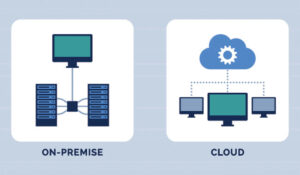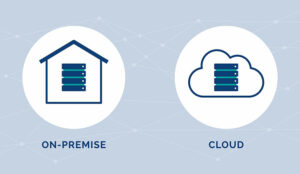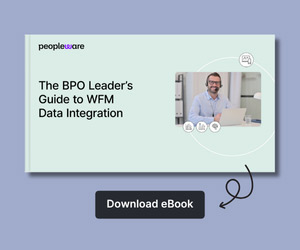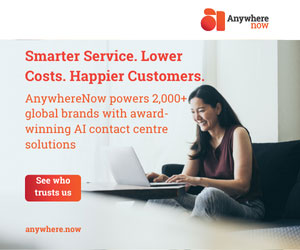Ben Levy at Enghouse explains why an API-first approach is becoming essential in cloud contact centres, and what it means for integration, flexibility, and future-ready customer experience.
The landscape of customer engagement has never been more fluid – and CX cloud technology must keep pace. That’s why adopting an API-first approach is no longer just a preference for contact centre software vendors, it’s a strategic imperative.
This architecture choice empowers businesses to achieve unparalleled flexibility, scalability, and integration capabilities – essential for delivering exceptional customer experiences in today’s digital age while looking ahead confidently to the future.
Understanding API-First Design
For software providers, an API-first approach emphasizes defining the system’s communication pathways ahead of full application development.
This methodology ensures that APIs (application programming interfaces) are treated as foundational components, enabling seamless communication between different software systems.
By defining APIs upfront, development teams can work concurrently, reduce integration complexities, and accelerate time-to-market for new features and services.
Why API-First Matters for Cloud-based Contact Centres Buyers
1. Seamless Integration with Existing Systems
API-first architecture facilitates effortless integration with a wide array of business applications, including CRM systems like Salesforce, Microsoft Dynamics CRM and Zendesk.
This interoperability ensures that customer data flows seamlessly across platforms, providing agents with comprehensive insights to deliver personalised service.
2. Enhanced Flexibility and Customisation
With robust APIs, organisations can tailor their contact centre functionalities to meet specific business requirements.
Whether it’s developing custom dashboards, implementing unique routing logic, or integrating with proprietary systems, the API-first design offers the flexibility needed to adapt to evolving customer expectations.
3. Accelerated Innovation and Time-to-Market
By enabling parallel development and reducing dependencies between internal teams, an API-first approach significantly shortens vendor development cycles.
In turn, this agility allows businesses to rapidly deploy new CCaaS features – responding quickly to market changes and staying ahead of the competition.
4. Improved Scalability and Performance
API-first systems are inherently modular, allowing for scalable deployment of services. As customer interaction volumes fluctuate, organisations can efficiently scale their contact centre operations without overhauling the entire system.
5. Strengthened Security and Compliance for Contact Centres and their Customers
CCaaS vendors must design APIs from the outset with security in mind to ensure that data protection measures are integral to the system.
Robust security protocols, such as OAuth 2.0 for authentication, safeguarding sensitive customer information and aiding compliance with regulatory standards can be incorporated.
Conclusion
Embracing an API-first approach when selecting a cloud contact centre solution positions organisations to deliver a superior digital customer experience through enhanced integration, flexibility, and scalability. As customer expectations continue to evolve, the ability to rapidly adapt and innovate becomes crucial.
An API-first architecture, provides the foundational agility required to meet these demands, ensuring that businesses remain competitive in a customer-centric marketplace.
This blog post has been re-published by kind permission of Enghouse Interactive – View the Original Article
For more information about Enghouse Interactive - visit the Enghouse Interactive Website
Call Centre Helper is not responsible for the content of these guest blog posts. The opinions expressed in this article are those of the author, and do not necessarily reflect those of Call Centre Helper.
Author: Enghouse Interactive
Reviewed by: Jo Robinson
Published On: 3rd Oct 2025
Read more about - Guest Blogs, Enghouse Interactive






 Enghouse Interactive delivers technology and expertise to help bring your customers closer to your business through its wide range of customer contact solutions.
Enghouse Interactive delivers technology and expertise to help bring your customers closer to your business through its wide range of customer contact solutions. 






























